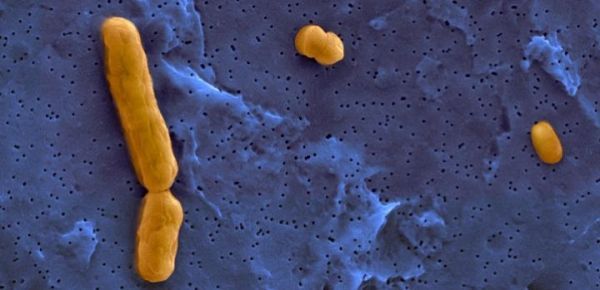A controlled, laboratory approach, along with computer simulations, has helped KAUST researchers to show that bacterial communities can homogenously disperse within aquatic ecosystems even with slow flowing water and the persistence of their preferred, localized conditions.
“Bacterial communities are a fundamental part of water-based ecosystems, such as oceans, lakes and rivers,” explains microbial ecologist Stilianos Fodelianakis. “They represent most of an ecosystem’s biomass, and drive carbon and nutrient cycles. If we can understand how these communities change, we might be able to predict changes in the whole ecosystem in light of climate change.”
Diverse metacommunities of multiple strains of bacteria exist within an ecosystem, localizing and/or mixing according to the conditions that encourage their growth. These conditions include specific temperature ranges or degrees of acidity or salinity; and the natural movement of the system, such as water flow.
Read more at King Abdullah University of Science & Technology (KAUST)
Image: Multiple strains of bacteria exist within an ecosystem: shown here are three bacterial members of the synthetic community viewed under a scanning electron microscope. (Credit: © 2019 KAUST Reproduced under a Creative Commons license 4.0 from reference 1)


